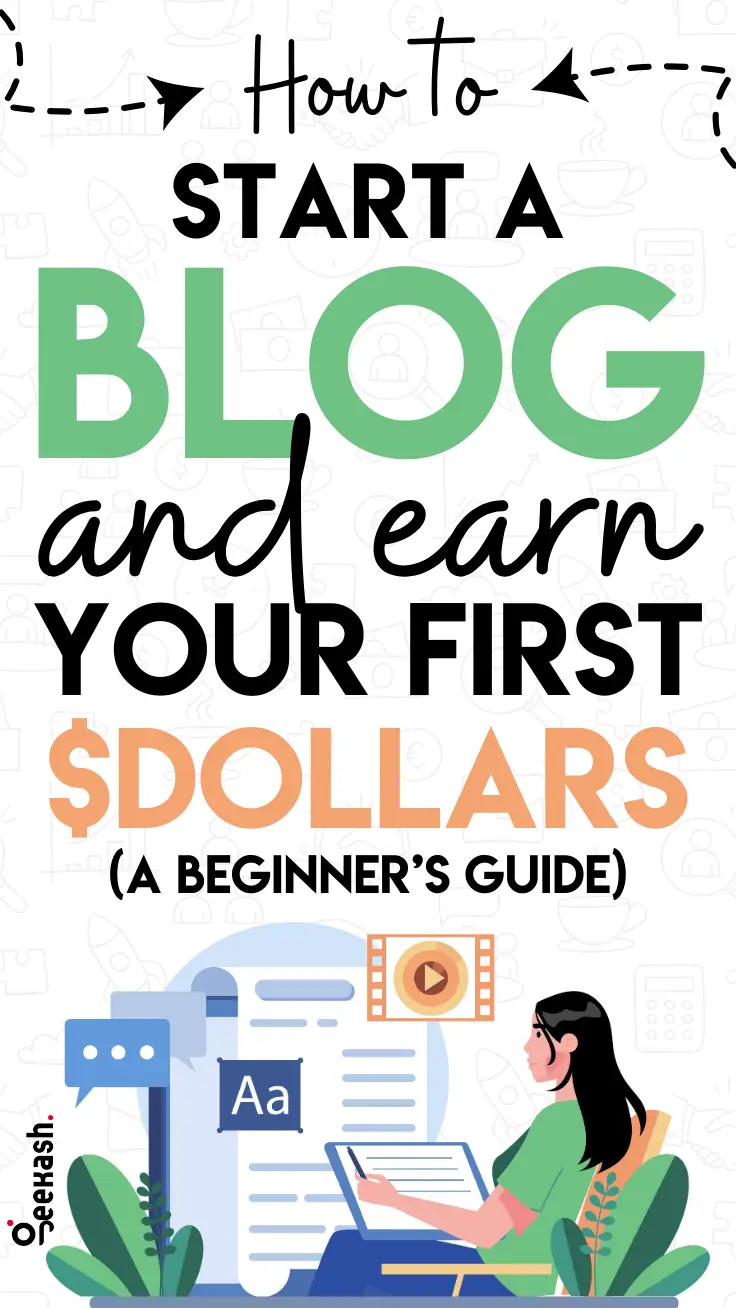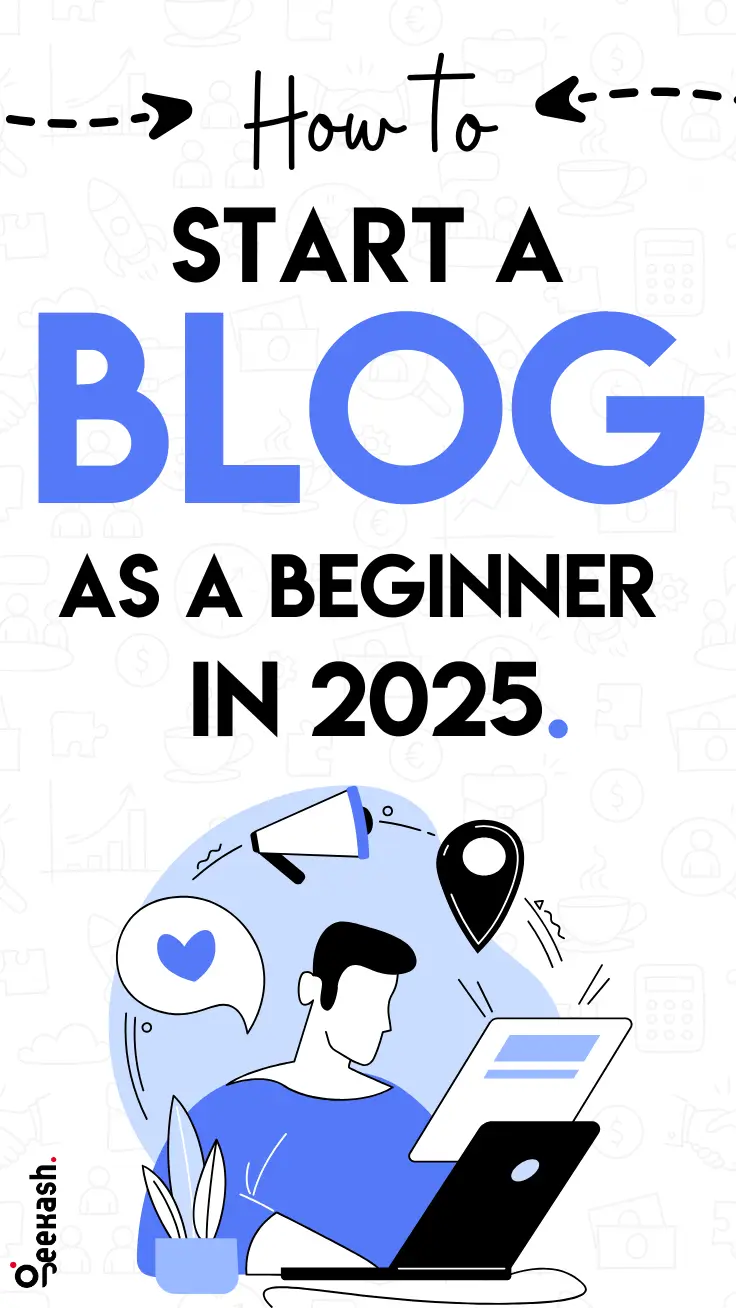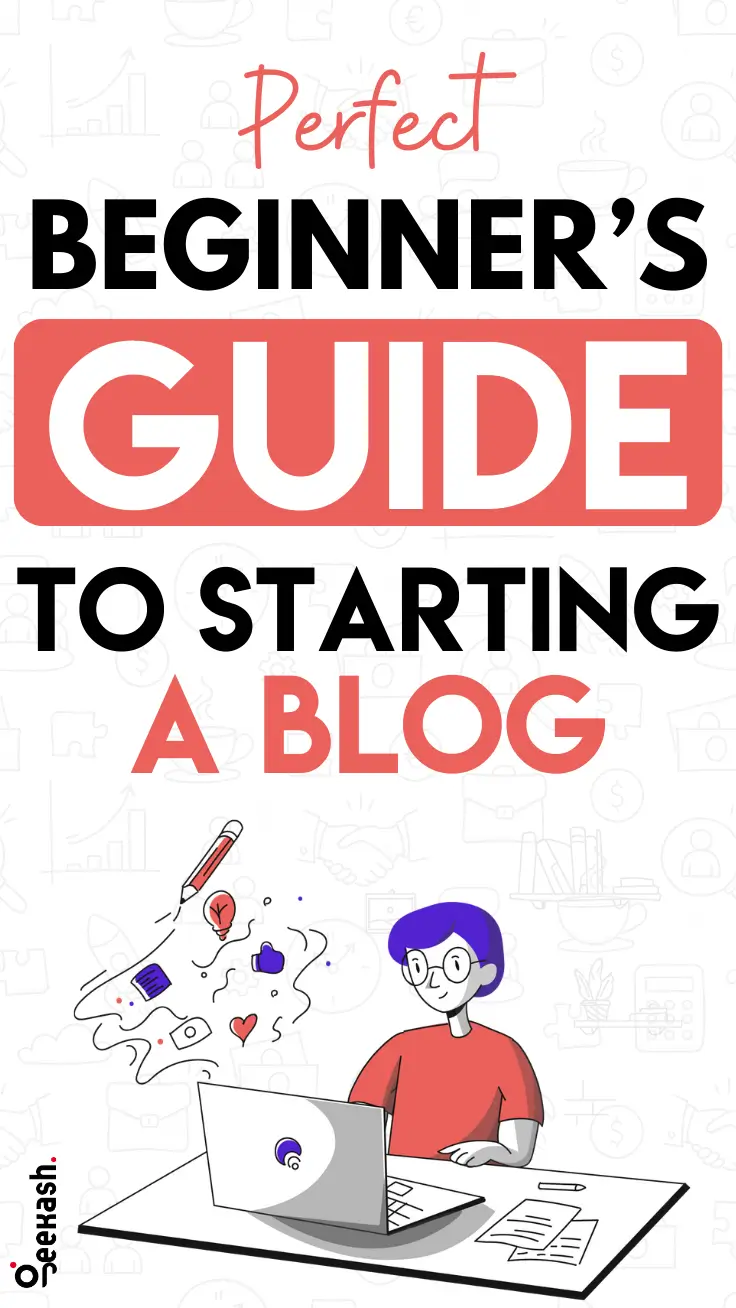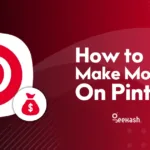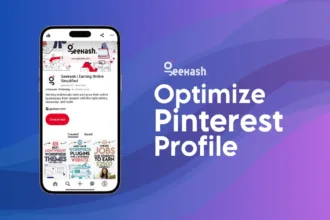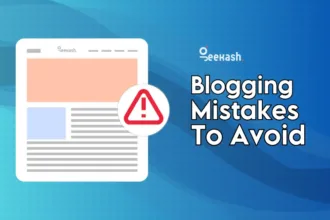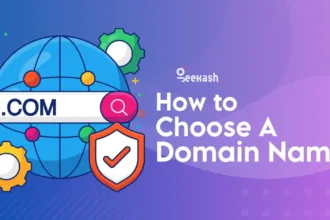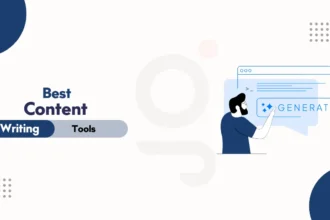Have you ever thought about starting your own blog, but not quite sure where to begin? Well, you’re not alone. As we dive into 2025, blogging is more popular than ever, offering thrilling opportunities for anyone ready to share their unique perspective with the world. Whether you’re eager to champion a cause, build your brand, or even turn your passion into a profitable business, starting a blog might be just the right step for you.
In this dynamic age of digital expression, a blog can be a powerful tool. Not only can it be a personal space to voice your thoughts and stories, but it can also serve as a platform to engage with a like-minded community, expand your professional network, and establish yourself as an authority in your chosen field. The first step to embarking on this journey is finding a comprehensive guide to starting a blog, and that’s where we come in.
So, what makes blogging so alluring in 2025? For starters, the opportunities are endless, and the barriers to entry have never been lower. With a plethora of tools and resources available, including platforms that make the setup process a breeze, there’s never been a better time to start sharing your unique voice with the world. Ready to take the plunge? Let’s get started!
What is Blogging
Blogging, a concept that began as an online diary-like platform, has transformed into a powerful tool for both personal expression and professional growth. Initially, blogs were simply a way for individuals to share their thoughts and experiences with a small audience; however, over the years, they’ve evolved into influential channels that can shape public opinion, drive business, and even bring about social change. Today, blogs are diverse, offering something for everyone.
When we explore the world of blogging, it becomes apparent that there are several types to consider. Personal blogs are perhaps the most intimate, providing a space where individuals can share their personal journeys, thoughts, and day-to-day life experiences. These blogs often resonate deeply with readers, creating a sense of connection and community.
On the other hand, professional blogs focus on industry-specific content. They serve as a platform for experts to share their knowledge, insights, and professional experiences. Such blogs can significantly enhance an individual’s or company’s credibility and authority within their respective fields.
There’s also niche-specific blogging, which delves into particular topics or interests, such as travel, health, food, or technology. These blogs cater to enthusiasts and passionate individuals who are looking for focused content that aligns with their hobbies and interests.
So, why should you consider starting a blog in 2025? Well, for starters, blogging remains an exceptional avenue for personal expression. It allows you to articulate your thoughts, share your passions, and document your life’s journey. Beyond personal fulfillment, starting a blog creates opportunities for community building. It’s about connecting with like-minded individuals around the globe, fostering interactions, and nurturing a supportive network.
And let’s not forget the potential for monetization. With dedication and strategic planning, blogs can become a source of income, whether through ads, sponsorships, or affiliate marketing. In today’s digital age, the possibilities are endless, making blogging not just a pastime but a potential career path. So, why wait? Your blogging adventure awaits!
Beginner’s Guide to Starting a Blog
So, you’ve decided to dive into the world of blogging? Fantastic! Let me share some insights that might shed light on this exciting journey. Whether you dream of sharing your passion with the world or creating a new source of income, a blog can be your gateway to endless opportunities. In this guide, I’ll walk you through the initial steps that lay the foundation for your blog’s success.
Choosing Your Niche
Have you ever wondered what makes a blog truly stand out? It often begins with choosing the right niche. When diving into the world of blogging, finding a niche that aligns with your interests and expertise can be a game changer. Take a moment and think about what excites you. Maybe it’s a passion, a lifelong dream, or a unique skill set you possess. This alignment not only fuels motivation but also builds authenticity, which readers can genuinely feel.
But here’s a crucial tip: always keep the market demand in mind. Ask yourself if there’s an audience out there hungry for the content you’re passionate about. Conducting thorough niche research can illuminate the path. Dive into forums, survey potential readers, and analyze trends. Understanding market demand gives you the edge to craft content that resonates and is eagerly sought after.
By honing in on a specific niche, you effectively target an audience that shares your interests. This connection makes it easier to build a community of loyal followers who find value in every post. Remember, the sweet spot lies at the intersection of your passion, expertise, and what the world is curious about. Embark on this research journey, and you’ll find a niche ripe with opportunity and satisfaction.
Setting Up Your Blog
So, you’re ready to dive into the world of blogging. Great choice! Let’s walk through the steps to get your blog up and running.
- Choose a Blogging Platform: The first step is picking the right platform. For beginners, platforms like WordPress, Blogger, and Medium are great options. WordPress is particularly popular due to its flexibility and vast community support. Consider what features you need and how comfortable you are with customization when making your choice.
- Select a Domain Name: Your domain name is your website’s address on the internet. It’s crucial to choose something memorable, relevant to your niche, and easy to spell. Use tools like Namecheap or GoDaddy to check availability and register your chosen name.
- Find a Reliable Hosting Provider: Hosting is where your website lives on the internet, so it’s essential to select a reliable provider. Look for hosting services that offer good uptime, excellent customer service, and scalability options. Popular options include Bluehost, SiteGround, and Hostinger. I use Hostinger on this blog, so click on the Hostinger link here and get a 20% discount.
- Design with User-Friendliness and Mobile Responsiveness in Mind: Choose a design that’s not only attractive but also intuitive. A clean, easy-to-navigate layout can significantly enhance user experience. Ensure your blog is mobile-responsive, meaning it looks great and functions well on any device. Many platforms offer themes that automatically adjust for mobile display.
Remember, your blog is a reflection of you—both in style and substance. Set it up thoughtfully, and you’re all set to make a mark in the digital world.
Design and Branding
When it comes to the design and branding of your blog, the first step is picking the right theme or template. Imagine it like choosing an outfit that reflects your unique style to the world. There are countless options, from minimalist designs to bold, colorful layouts. Start with what resonates with your blog’s message and your personal taste. Look for themes that are easy to navigate and pleasing to the eye, as this will keep your readers engaged and coming back for more.
Next up, let’s talk about creating a logo. Your logo is like the face of your blog—it needs to be memorable and reflective of your brand. You don’t need to break the bank here; platforms like Canva offer easy-to-use tools to create a professional logo without a graphic design background. Alternatively, you can collaborate with a designer to bring your vision to life. Remember, consistency is key. Stick to a particular color palette and font style across your blog to strengthen your brand identity.
Now, regarding visual style, it’s crucial to maintain a cohesive look throughout your blog. This includes aligning your design elements across posts and pages. A consistent style is not only aesthetically pleasing but also builds trust with your audience as it reflects professionalism and attention to detail.
Finally, let’s talk about functionality. No matter how stunning your design is, if your blog isn’t user-friendly, readers will likely click away. Ensure that your site is easy to navigate with clear menus and search functions. Don’t forget about mobile responsiveness either! With so many users browsing on the go, your blog needs to look great and work well on all devices. A responsive design adjusts seamlessly, providing an optimal viewing experience whether on a desktop, tablet, or smartphone. By focusing on these aspects, you’ll be laying a solid foundation for your blog’s success.
Creating Quality Content
Creating engaging and valuable content is like crafting a masterpiece. Have you ever considered what makes readers eager to return to a blog time and again? The secret sauce lies in understanding your audience deeply and delivering content that not only informs but also resonates with their needs and desires.
Content Planning: Think of content planning as the blueprint for your masterpiece. Start by researching topics that interest your audience—what questions are they asking? Use tools like Google Trends or AnswerThePublic to discover these insights. Outlining your posts helps streamline your thoughts, ensuring you cover all the important points while keeping the reader’s journey enjoyable and logical.
Writing Techniques: Writing is both an art and a science. One technique is to craft captivating headlines; these are your first impressions, so make them count! Use storytelling elements to weave narratives that draw readers in. Additionally, break your content into sections with subheadings to maintain a flow and make it easier to digest. Most importantly, write authentically—let your personality shine through to create a connection with your audience.
Consistent Posting Schedule: Consistency is key to building trust and anticipation among your readers. Develop a content calendar to plan your posts ahead, allowing you to maintain a steady flow of new content. Decide on a frequency that fits your capacity—whether it’s weekly, bi-weekly, or monthly—and stick to it. This consistency signals to your audience that your blog is active and that you’re committed to providing valuable insights regularly.
Remember, your blog is a reflection of you and your voice. With thoughtful planning, engaging writing, and consistent posting, you’ll be well on your way to creating a compelling and successful blog that truly resonates with your audience.
SEO Basics for Bloggers
Ever wondered how some blogs consistently rank at the top of search results? It’s no magic—it’s SEO! Getting a grip on search engine optimization is crucial for any new blogger aiming to increase visibility and attract an audience. Let’s dive into the essentials that can get you started on the right foot.
Keyword Research: At the heart of SEO is keyword research. Think of keywords as the bridge connecting your audience’s queries with your content. It’s vital to find out what potential readers are searching for in your niche. Tools like Google Keyword Planner or SEMrush can provide insights into search volumes and competition. By targeting keyword phrases with manageable monthly searches, especially when you’re just starting, you’ll stand a better chance of climbing the ranks.
On-Page SEO Techniques: Once you have your keywords, it’s time to optimize your content. This means strategically placing keywords in your titles, headings, and throughout the article—but naturally. Don’t forget to craft compelling meta descriptions and alternate text for your images. Remember, search engines love clear structures, so use headers (H1, H2, etc.) to organize your content. Crafting user-friendly URLs is another trick; keep them short and reflective of your content’s essence.
The Importance of Backlinks: Backlinks are like gold in the SEO world. They’re links from other websites pointing back to your blog, signaling to search engines that your content is credible and worth viewing. The quality of backlinks matters more than quantity, so focus on building relationships in your niche and creating shareable content that others want to link to. Guest blogging can also be a great way to earn those valuable links.
Incorporating these SEO fundamentals can set your blog on a path toward increased visibility and success. With every post, you’ll become more adept at striking that perfect SEO balance, helping your blog reach the audience it truly deserves.
Promoting Your Blog
Ever wondered how some blogs seem to skyrocket in popularity while others remain unseen? It often boils down to effective promotion strategies. Let’s dive into some exciting ways to get your blog noticed.
Social Media Marketing
Starting with the powerhouse of online presence—social media. By creating engaging posts and sharing them across platforms like Instagram, Twitter, and Facebook, you can drive traffic to your blog. The key is consistency and creating content that’s both shareable and valuable. Whenever you publish a new blog post, let the world know through a witty tweet or an eye-catching Instagram story.
Email Newsletters
Consider email newsletters your digital handshake. By collecting readers’ emails and sending regular updates, you create a personal connection with your audience. Share not just your recent posts but also nuggets of inspiration and valuable insights to keep your subscribers engaged and coming back for more.
Collaboration with Other Bloggers
Teamwork makes the dream work, as they say. Collaborate with fellow bloggers for guest posts, interviews, or joint projects. This not only introduces you to a wider audience but also enhances your credibility within the blogging community. Building these mutually beneficial relationships can significantly boost your blog’s visibility.
Ultimately, promoting your blog is about more than just getting clicks; it’s about creating a lively online community around your content. Engage with your readers, respond to comments, and immerse yourself in discussions relevant to your niche. Remember, every interaction is a building block toward a stronger online presence.
Monetizing Your Blog
Are you eager to turn your passion for blogging into a viable income stream? Well, you’re in the right place! Allow me to walk you through some of the most popular and effective monetization strategies that bloggers are using today. The journey to monetization isn’t just about generating income; it’s about aligning with your blog’s goals and building a sustainable relationship with your readers.
Affiliate Marketing is one of the go-to strategies for many bloggers. By promoting products or services that resonate with your niche, you can earn a commission on the sales generated through your referral links. It’s a win-win situation—you get to share valuable resources with your audience while earning a percentage of the sale.
Another popular approach is through sponsored posts. Here, companies pay you to write about their products or services on your blog. Sponsored posts not only provide you with a financial reward but also bring great content to your readers. However, it’s crucial to maintain authenticity and only promote products you truly believe in.
Then there’s the option of selling digital products or services. Whether it’s an e-book, an online course, or exclusive membership content, offering something of value directly to your audience can be incredibly rewarding. This way, you have more control over the product and pricing, plus, it’s a fantastic way to showcase your expertise.
Before stepping on the monetization path, it’s vital to build trust with your audience. Remember, your readers are the backbone of your blog’s success. Without their trust, any attempts at monetization could fall flat. Focus on creating authentic content that resonates with their needs and interests; honesty and transparency go a long way in fostering a strong relationship. Once trust is established, your audience will be more likely to support your monetization efforts, knowing there’s genuine value to be gained. After all, when it comes to monetizing a blog, patience, and integrity are truly your best allies.
Analyzing Blog Performance
Tracking and analyzing your blog’s performance might seem daunting at first, but it’s truly a golden opportunity to refine your approach and get closer to your blogging goals. Have you ever wondered how visitors are interacting with your blog? Enter Google Analytics, a free tool that offers a wealth of information. Understanding the data it provides helps you make informed decisions about your content and marketing strategies.
First, let’s talk about traffic. In Google Analytics, you can monitor your page views over time. Knowing how many people visit your blog and when can guide you in identifying peak times to publish new posts. Plus, observing which sources (like social media, search engines, or direct visits) drive the most traffic can highlight where to further invest your promotional efforts.
Next up, is engagement. This metric goes beyond just clicks; it’s about how readers interact with your content. Are they diving deep into multiple pages, or bouncing right after landing? Metrics like session duration and pages per session can shed light on this. If visitors leave quickly, it might be time to reassess your content’s appeal or navigation flow.
Then there’s conversion rates, a game changer for any serious blogger. Whether it’s newsletter sign-ups, product purchases, or requests for information, knowing your conversion rate helps you understand how effective your call-to-actions are. High traffic with low conversions? That might indicate your content isn’t aligning with what your visitors are seeking, prompting a tweak in your content strategy.
By regularly diving into these key metrics, you’re not just keeping tabs on your blog’s pulse; you’re strategically steering it towards greater heights. Armed with insights from Google Analytics, you can continuously improve and fine-tune your content to better meet your readers’ needs, ultimately enhancing both engagement and profitability.
Legal and Ethical Considerations
When stepping into the blogging world, it’s crucial to navigate the legal landscape with care. Before you hit ‘publish,’ take a moment to consider copyright issues. Are you using images, videos, or music that aren’t your own? Make sure you’re doing it legally by obtaining proper licenses or utilizing copyright-free resources. Trust me, it’s better to be safe than sorry when it comes to potential infringement issues.
Equally important is crafting a clear and comprehensive privacy policy. Think about what personal information you’re collecting from your readers and how you’re planning to use it. This isn’t just a good practice; it’s often required by law, depending on where your audience resides. Protecting your readers’ privacy will help build trust and strengthen your blog’s reputation.
Don’t overlook the need for transparency in sponsored content. If you’re getting paid to write a post, or if it includes affiliate links, it’s essential to disclose these relationships clearly and prominently. Your readers deserve to know when you’re being compensated to promote something; ethical blogging isn’t just about following the rules, it’s about maintaining integrity and honesty with your audience.
Ultimately, by adhering to these legal and ethical standards, you’ll not only avoid potential pitfalls but also nurture an authentic relationship with your readers. Remember, ethical blogging practices reflect your commitment to your audience and the credibility of your blog.
Maintaining and Growing Your Blog
So, you’ve set up your blog and now you’re thinking, “What’s next?” Well, maintaining a blog is an ongoing journey, and I’m here to share how you can keep the momentum going without burning out. First off, regular updates are your bread and butter. Establishing a content schedule, whether it’s weekly or bi-weekly, creates anticipation among your readers and keeps your blog fresh. Start small and gradually build up as you gauge what works best for you.
Engagement is the heart of blogging. Respond to comments, reach out to readers via newsletters, and perhaps even host a live Q&A session. Establishing this connection can turn casual visitors into loyal followers. Additionally, don’t shy away from inviting guest bloggers or creating interactive content like polls and quizzes—variety is a fantastic way to engage.
Let’s face it, maintaining motivation can be tough. We’ve all been there: staring at a blank screen, waiting for inspiration to strike. Combat writer’s block by keeping a list of potential topics and jotting down ideas whenever they pop into your mind. Sometimes, stepping away briefly and doing something entirely different can spark creativity.
Slow audience growth can be discouraging, but patience is key. Focus on quality, SEO-friendly content, and continue to build relationships within your niche. It might take time, but with persistence, your audience will grow.
Setting realistic goals is crucial in keeping yourself motivated. Whether it’s writing a certain number of posts per month or reaching a specific number of followers, having clear objectives keeps you focused. And when you hit those targets, celebrate! Acknowledge your achievements, whether that’s treating yourself to something special or sharing a milestone post with your readers. These celebrations not only boost your morale but also set the stage for your next goal.
Remember, blogging is a marathon, not a sprint. Enjoy the journey, embrace the challenges, and celebrate the victories, both big and small. Your blog isn’t just a platform for sharing; it’s also a personal growth journey, and every step counts.
Conclusion
As we close this beginner’s guide to starting a blog, let me remind you that the journey you’re about to embark on is both exciting and rewarding. Imagine sharing your voice, your stories, and your expertise with the world, while building a community of like-minded individuals who resonate with your message.
Don’t be daunted by the initial steps; every established blogger began where you are now. The beauty of blogging lies in its potential—whether it be the growth of your personal brand, the opportunity to monetize your passion, or simply the joy of writing for an audience that appreciates your insights.
Remember, persistence is your steadfast companion on this journey. It’s about continuing to create, learn, and adapt even when challenges arise. Passion is the spark that will keep your creativity alive, fueling each post and inspiring your future content.
So, take that first step, no matter how small it may seem. Start your blog, embrace the learning curve, and watch as each effort transforms into growth and accomplishment. The blogosphere is ready for your unique contribution—dive in and let your adventure begin!


